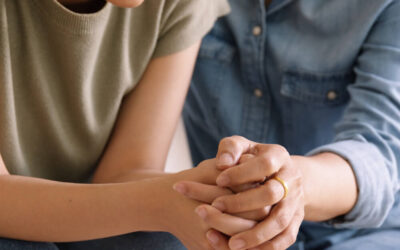All parents experience the challenging question of when their child is ready to stay home alone. Whether for a few minutes or an hour, parents should ensure their child has the maturity, ability and knowledge to stay home by themselves.
1. Determine Your Child’s Readiness
South Carolina does not have a law that specifies what age is old enough for a child to be at home without an adult. Columbia pediatrician Deborah Greenhouse, MD, recommends a child be at least 9 years old, but there are many factors to consider when deciding if a child is ready to stay home alone. Because children mature at different rates, there is not an agreed-upon age when they are ready to be home independently. However, they should be physically and mentally able to care for themselves. Consider your child’s age, maturity and ability to handle responsibility to decide if they would be safe at home alone.
2. Discuss the Details
Every time your child stays home alone, the circumstances may be different. Your child should know where you are going, how long they will be home alone and when an adult will return. Explain their responsibilities: Do they have a younger sibling or a pet to watch? Review these details before you leave so they can feel safe and empowered to stay home alone.
3. Set House Rules
Remind your child of what is and is not allowed when they are home alone. Communicate clear expectations on answering phone calls and opening exterior doors. Consider setting device restrictions or time limits on electronics and suggest other fun ways they can play. Check-in with your child during their time alone, and if needed, have a friend or trusted neighbor check on them.
4. Review Safety Protocol
Parents can plan ahead by gathering resources and teaching their child safety measures. Ensure your child knows when and how to call 911. Keep a list of names and numbers your child can call in a non-life-threatening emergency: nearby family, trusted adults or neighbors. Show your child where basic first aid is stored and teach them when and how to use these items.
5. Prepare for an Emergency
Does your child know how to respond in an emergency? Setting and reviewing an emergency plan for your family is one way to ensure your child’s safety. Think of scenarios that your child may experience during their time alone and work through solutions together. This problem-solving activity will prepare your child to know what to do in a similar situation.
By considering and applying these five tips, you can have peace of mind that your child is prepared to handle their time alone.





